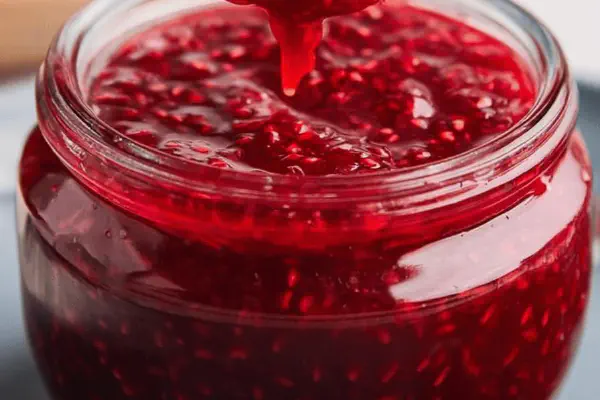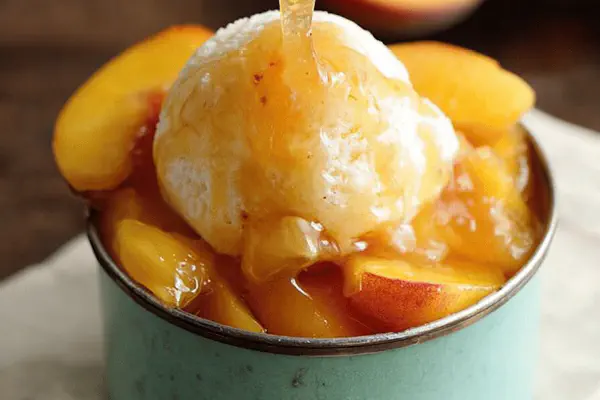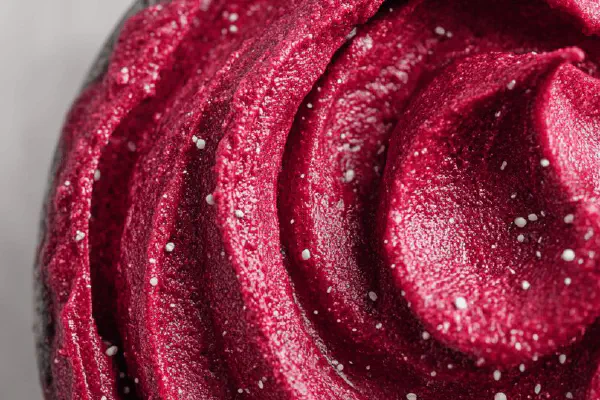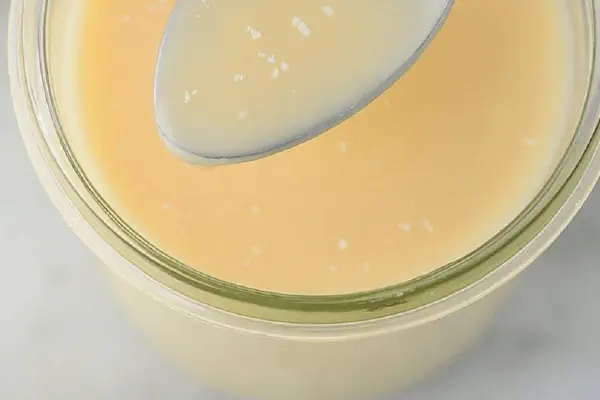Zesty Raspberry Sauce Remix

By Emma
Certified Culinary Professional
Ingredients
- 3 tablespoons granulated sugar
- 1 teaspoon cornstarch
- 1 cup fresh or frozen raspberries
- 1 tablespoon freshly squeezed lime juice
- 1/3 cup water
- 1 tablespoon coconut oil
- fine salt pinch
About the ingredients
Method
- Start by tossing sugar and cornstarch in a sturdy pot. Whisk them together so no clumps lurk, because clumped cornstarch ruins the smooth finish. Add raspberries, lime juice, and water straight into the mix; stir until raspberries are evenly distributed.
- Set heat on medium-low and keep a steady eye. The mixture will bubble slowly, not a raging boil, because too hot burns the tartness off. Listen for gentle fizz and watch raspberries burst, their juices thicken. Stir often but don’t overdo it — trying to smash berries speeds up break down but might cloud the sauce.
- After about 20-22 minutes, the sauce should coat your spoon like a thick jam. Test by running your finger over the back of a spoon; if it holds a trail, you nailed it. If still runny, keep going in small bursts.
- Pull from heat right away before the sugars caramelize too much or cornstarch loses shine. Stir in coconut oil until melted and blended, giving a silky touch and soft sheen. Sprinkle that pinch of salt — because a hug of salt wakes the whole mixture, offsetting sweet and acidity.
- Decide seed situation now. I like to pulse in a mini chopper for a chunky style, but if smoother is your jam, push through a fine sieve and press with a spatula. Seeds clog teeth and muffle that raspberry kiss, but removing takes more effort and dulls freshness a touch.
- If streaks of syrup settle unevenly, warm gently just for a minute then let cool and thicken further. Leftovers last in fridge for up to 5 days, reheat gently or use cold straight on anything from pancakes to grilled meats to creamy desserts. A whisper of ginger or a pinch of black pepper added earlier shifts it to savory territory. Experiment. Rely on senses over clock.
Cooking tips
Chef's notes
- 💡 Sugar and cornstarch first — whisk well. Prevent clumps at start. Mix raspberries, lime juice, water after dry blend. Low heat crucial, steady bubble, no roaring boil. Watch fizz and berry bursts. Timing feels, listen for soft sizzle sound. Don’t blindly trust timers. Heat shifts texture fast after 20 minutes. Stir gently, break the right amount; smashing leads to cloudy sauce, no one wants that.
- 💡 Adding coconut oil after cooking cools the sauce slightly; melts in smoothly. Gives soft sheen, almost creamy but no butter heaviness. Can swap with unsalted butter if coconut taste unwanted or neutral oils like grapeseed for mildness. Try spices early — fresh grated ginger or black pepper. Adds complexity; changes whole profile without confusing the original fruit flavor.
- 💡 Seed choice matters. I pulse seeds a few times for chunky feel but no shards. Pushing through a fine sieve yields silkier consistency but lose some freshness brightness. Push slowly—don’t brute force or you’ll lose juice. Seeds can trap flavor or mitten teeth. Test preference by texture first, then patience.
- 💡 Bottle sauce while warm or cool? Warm thickens as it rests but steam escapes fast; cooler sauces need gentle reheat. Storage in fridge max 5 days; freezing unknown texture changes, a gamble. Reheat gentle, no microwave blasts or sauce may split. Stir well after reheat; thicker syrup streaks will smooth out. For uneven consistency, add tiny water bit, warm briefly then chill.
- 💡 Watch for subtle color shift; darkens slightly as sugars caramelize but avoid overcooking or sauce turns rubbery. Soft simmer sound changes from gentle fizz to quiet, sound is a great doneness clue. Over thick sticky or grainy means cornstarch over-activated or too hot. Adjust water and cook time mid-way next try. No perfect end time. Sensory cues rule.
Common questions
Can I use frozen raspberries?
Yeah frozen works; tends to release more watery juice so might need longer cook to thicken. Flavor sometimes less bright. Fresh always sweeter but not mandatory. Defrost before use or toss frozen in direct heat — your call.
What if sauce turns grainy or gluey?
Probably cornstarch cooked too hot or clumped early. Fix by diluting with water and reheating gently. Next time, whisk cornstarch with sugar thoroughly before liquid. Keep heat low and steady. Substitute arrowroot for cornstarch if wary of texture issues.
How to store leftover sauce?
Fridge for 5 days tops. Jar or airtight container best. Avoid long room temp. Reheat gently—water bath or low microwave power. Freezing not recommended; texture gets weird, flavor dulls. Just thaw slowly and stir back together if frozen anyway.
Need substitutions for coconut oil?
Unsalted butter is classic sub but burns easier so watch heat. Neutral oils like grapeseed or light olive can replace but change flavor. Coconut oil adds subtle tropical note no other fat quite does. Skip fat entirely for lower fat version but lose silkiness after cooking.



